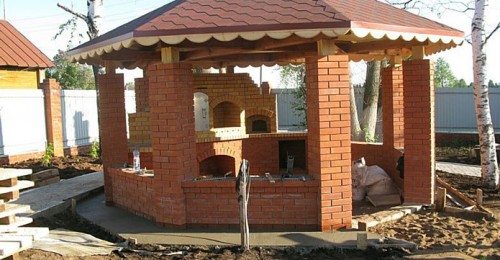Proekt Korovnika S Chertezhami
- 1 Comments!

Hello all, Today I will talk about the costume and embroidery of Zakarpattia. This area is also called Transcarpathia or Subcarpathia. The region's inhabitants are about 80% Rusyn / Ukrainian, 12% Hungarian, 3% Romanian, plus Romany, Germans, and others in small numbers.
• Learn about over 1,000 camps and ghettos in Volume I and II of this encyclopedia, which are available as a free PDF download. • Research family history relating to the Holocaust and explore the Museum's collections about individual survivors and victims of the Holocaust and Nazi persecution. 
0.5 -nachinaem-delat-tvorcheskiy-proekt-podskazhite-chto-mozhno-sdelat.html. .faith/proekt-uchastka-sto-s-chertezhami-skachat-besplatno.html weekly 1.0.
This area has been mostly Slavic for many hundreds of years, but was part of the Hungarian Empire until WWI. Under Hungary, this area formed part or all of the counties of Ung [blue], Bereg [gray], Ugocsa [brown], and Northern Marmoros [yellow]. These shaggy overcoats, called Hunia, are worn over most of Zakarpattia. 3 Poroshkova zone This consists of the Turiya river valley, between the ridge of mountains which border the plains, and the next ridge north. The Turiya river flows into the Uzh at Perechyn, and this zone follows it east, and extends as far as the village of Solochyn. The embroidery is not similar to that of the neighboring valleys, but does resemble Rusyn embroidery from further west in Slovakia. I assume that the women wear a skirt and apron, and the men linen or wool pants, but i mostly have images of shirts and embroidery.

Woman's shirt, village of Poroshkovo. Some of these last show influence of Hutsul embroidery, which was imitated over a wide area of Ukraine. That is all I have. A tantalizing glimpse of an interesting costume. If anyone can add to this information, please send it to me.
4 Velykyi Bereznyi zone This consists of the northwest corner of Transcarpathia, north of a line from the town of Velykyj Bereznyj directly to the east. This includes the valleys of the Liuta river and the upper Uzh. The people in this area consider themselves to be Lemko. The costume as worn today consists of a shirt which is smock-gathered on the front, with the opening on one side. The sleeves are smock-gathered at the cuffs, and the linen skirts are also smock-gathered into the waistband and embroidered. Aprons are of bought cloth with stitching and ribbons. I have already written an article on this costume.
The costumes of this and the next zone are closely related, and some older pieces are hard to assign to one or the other. This chemise is from the village of Uzhok, it is, however, being worn with an apron from the Khust zone. I find that I have too much material, and need to break this article into three parts, so I will stop here for nowl I hope that you have found this to be interesting and informative.
Email:rkozakand@aol.com Source Material: S. Makovski, 'L'Art Populaire en Russie Subcarpathique', Prague, 1926 Roman Pylyp, 'Khudozhnia Vyshywka Ukrajintsiw Zakarpattia', Uzhhorod, 2012 Sofia Hubash, 'Volovechchyna Moja', Uzhhorod, 2011 Myroslava Kot, 'Ukrajins'ka Vyshyta Sorochka', Drohobych, 2007 R. Zakharchuk-Chuhaj' 'Ukrajins'ka Narodna Vyshywka Zakhidni Oblasti URSR', Kyjiv, 1988 Iryna Hurhula, 'Narodne Mystetsvo Zakhidnykh Oblastej Ukrajiny', Kyjiv, 1966 K I Matejko, 'Ukrajins'kyj Narodnyj Odjah', Kyjiv, 1977 Tetiana Kara-Vasylieva, 'Ukrajins'ka Vyshywka', Kyjiv, 1993 O.